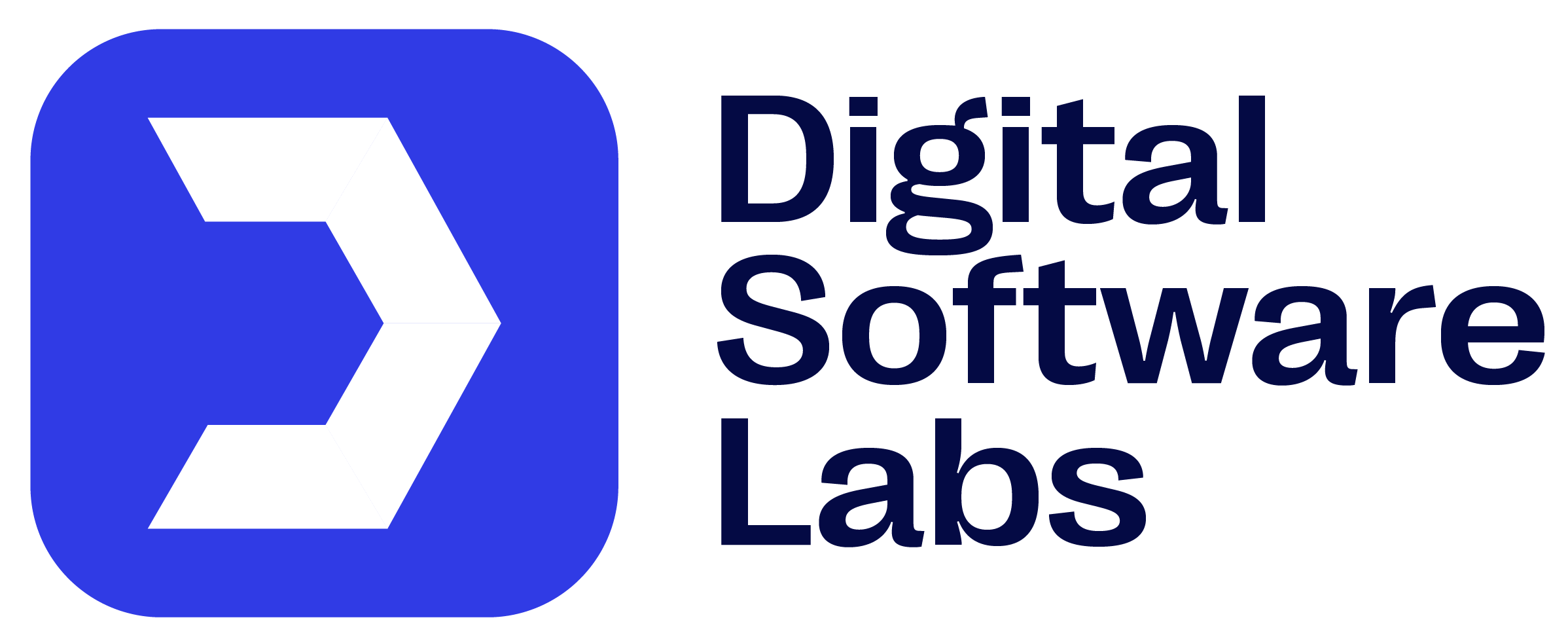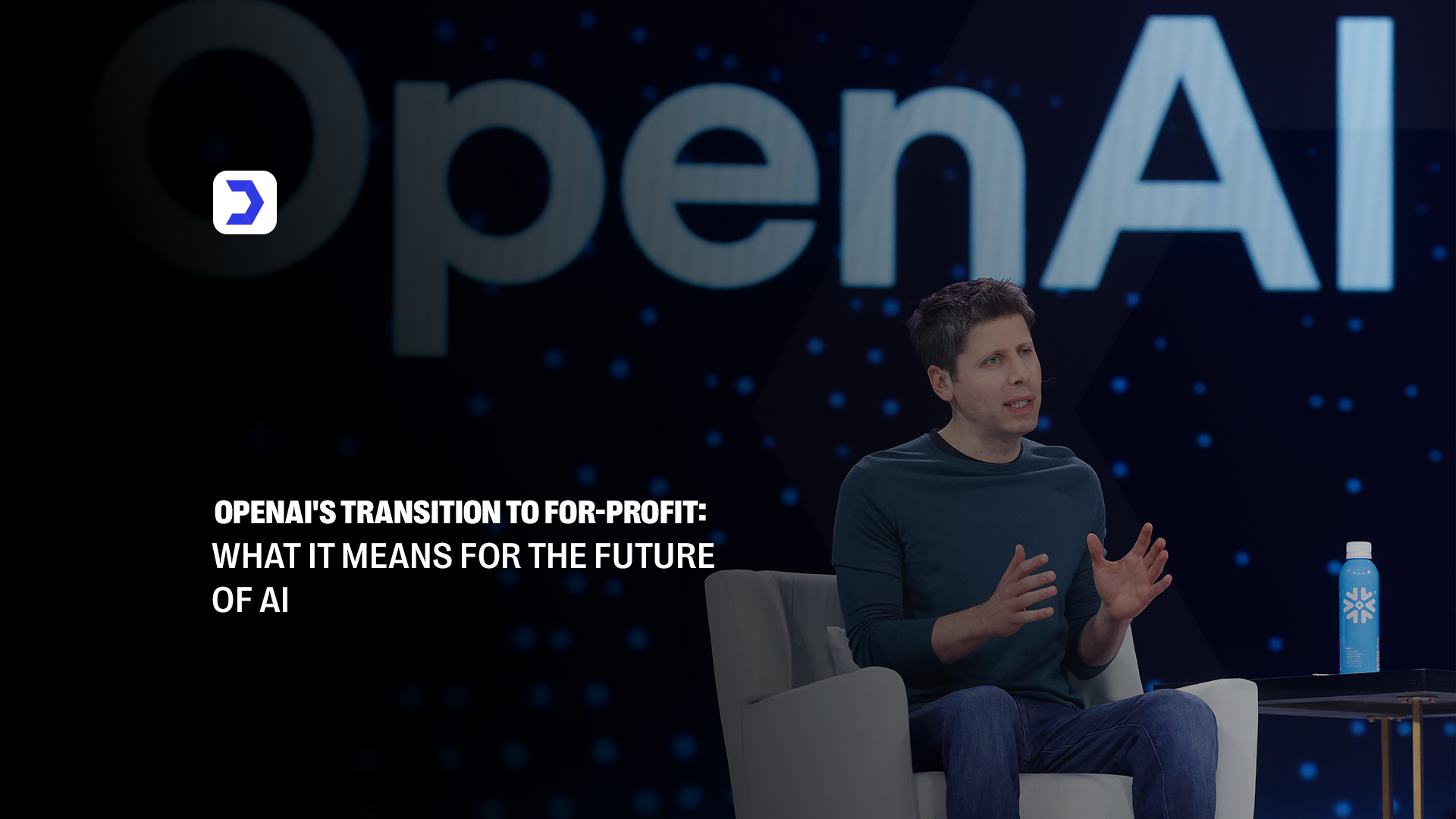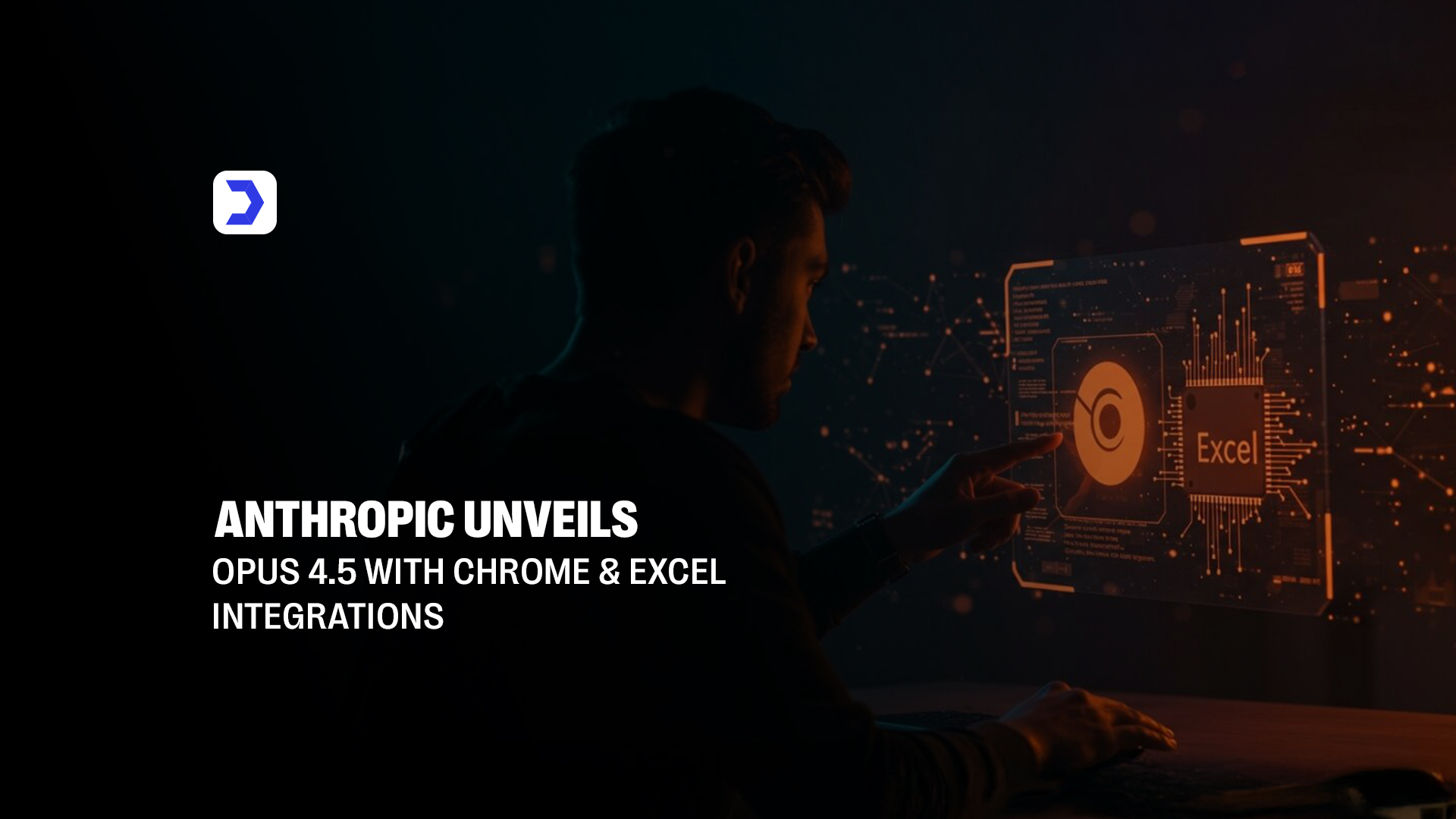Summary
- OpenAI’s transition to a for-profit structure marks a new era for the organization, allowing greater financial flexibility and expansion opportunities while continuing its mission to advance safe and beneficial AI.
- Sam Altman remains at the forefront of OpenAI’s evolution, ensuring that the company’s growth aligns with responsible innovation and the further development of OpenAI GPT technologies.
- Microsoft’s 27% stake reinforces long-term collaboration, providing stability and strategic backing as OpenAI scales its commercial and enterprise offerings globally.
- The introduction of new capabilities, including the Sign-in with ChatGPT feature, showcases how OpenAI continues to expand its ecosystem and improve user connectivity through intelligent systems.
- With growing OpenAI investors and increased innovation, the company’s transformation solidifies its position as a leader in shaping the global future of AI and next-generation automation.
OpenAI’s decision to become a for-profit organization marks a decisive moment in the evolution of artificial intelligence. Founded with the mission to ensure AI benefits all of humanity, OpenAI’s restructuring represents a new phase, one where sustainability, innovation, and accessibility come together under a business-focused framework. The shift allows the company to expand its research at a faster pace, strengthen its position in global markets, and attract more investors committed to advancing AI responsibly.
Under the leadership of Sam Altman, OpenAI has consistently balanced innovation with ethical responsibility. The move to a profit-oriented model does not abandon its original mission; instead, it provides the financial structure to make that mission achievable at scale. OpenAI’s GPT series has already transformed industries ranging from education to enterprise automation, and with greater financial freedom, the company can now refine and deploy its next-generation AI systems more efficiently.
This transformation also opens the door to new advancements in model performance, usability, and reasoning. A recent example of this forward momentum can be seen in the development of OpenAI’s Operator Agent, a more adaptive AI model designed to handle complex requests and decision-making with higher precision. The model’s enhancements demonstrate OpenAI’s ongoing commitment to creating systems that understand context deeply and perform intricate tasks without human intervention. Its improved responsiveness and reasoning ability signal the kind of innovation that becomes possible when research and business goals align.
The introduction of the Operator Agent comes at a time when the company is refining its vision for accessible, intelligent automation. It captures how OpenAI’s shift to for-profit status enables it to focus not only on groundbreaking research but also on delivering technology that meets real-world demands. This change ensures that innovations once confined to research settings can now reach global users faster, providing more reliable AI assistance in communication, creativity, and data-driven processes.
For OpenAI investors, this new direction strengthens confidence in the company’s long-term prospects. Financial backing from major partners and growing global interest provide a foundation for deeper experimentation and broader application of OpenAI’s models. The evolving OpenAI GPT framework represents more than technological progress; it embodies the transition from theoretical potential to tangible value across industries.
Ultimately, OpenAI’s for-profit transformation sets a precedent for the future of AI development. It signals a world where artificial intelligence continues to evolve not just as a scientific pursuit but as a central force driving modern business and digital progress. Under Sam Altman’s leadership, OpenAI is entering a stage defined by ambition and accountability, one that will influence how AI grows, adapts, and becomes an even more integral part of everyday life.
MICROSOFT TO KEEP 27% STAKE
Microsoft’s decision to retain a 27% ownership stake in OpenAI after its transition to a for-profit structure represents a defining moment in their long-standing partnership. This move reinforces Microsoft’s continued trust in OpenAI’s long-term vision and highlights how deeply intertwined both companies have become in advancing artificial intelligence for commercial and enterprise use. The collaboration that began with shared research ambitions has now evolved into a strategic alliance shaping how AI technologies will function in the coming decade.
By holding this significant stake, Microsoft ensures its influence in guiding OpenAI’s business direction while maintaining close integration between the companies’ technologies. OpenAI’s GPT models have already become a vital part of Microsoft’s ecosystem, powering AI-driven functionalities across its products and cloud infrastructure. This continued partnership reflects confidence: Microsoft provides the scale, while OpenAI drives innovation in reasoning, creativity, and automation through its next-generation OpenAI GPT systems.
As OpenAI restructures its organization, the collaboration also expands into areas that redefine user interaction with AI. Recently, OpenAI introduced a new feature allowing users to sign in to third-party applications using ChatGPT credentials. This capability opens a new chapter for developers and businesses by offering a secure and seamless connection between users and AI-driven applications. The development ties directly into OpenAI’s broader roadmap of making AI more accessible while maintaining user trust and data privacy.
The introduction of this feature, discussed through ongoing company updates, represents more than a technical enhancement; it points toward a future where OpenAI becomes a central layer in the digital identity landscape. Integrating sign-in options through ChatGPT simplifies user access while strengthening the role of AI across multiple business and consumer applications. It is also part of a larger effort visible in OpenAI’s ongoing announcements, showing a steady pattern of innovation designed to merge practicality with intelligence.
For investors and industry observers, Microsoft’s 27% stake acts as both a vote of confidence and a long-term commitment to OpenAI’s evolving commercial path. It ensures a steady flow of resources and shared research capabilities while providing OpenAI the flexibility to continue expanding globally. This financial and technological partnership signifies that the world’s leading AI research organization has matured into a stable yet ambitious business force.
As Sam Altman continues to guide OpenAI through this transformation, the presence of Microsoft as a major investor ensures continuity and shared purpose. The collaboration serves as a foundation for developing future AI solutions that go beyond text generation, enabling a future where artificial intelligence becomes an active participant in human decision-making, creativity, and communication. The retained stake reflects not just an investment in technology but in a shared vision to make AI more intelligent, secure, and deeply integrated into daily life.




